|
Monster Mix-Ups was the second of two rubbing plate creativity kits I worked on for Crayola. It's identical to another kit of theirs that I designed two years earlier – Create-A-Critter, but this time with monster-themed plates and new toy colors. The design of product components (stickers, stamps, rubbing plates,) and packaging for the Crayola Creative Development kits was the responsibility of Crayola Art Director Kathy Buckley. Kathy and I had known each other from college and working with her on these types of projects was always fun.
I submitted twelve different characters knowing that ten would be chosen. I kind of think of it like The Gong Show. I send my wacky characters out to be judged and someone's gonna get "gonged!". This time, the cheerleader and the gravedigger got the mallet. I wanted this Halloween theme to be done with a lot of humor. Kathy recalls, "I didn't have to tell Joe that Frankenstein should be holding a skateboard (and honestly it wouldn't have occurred to me to do so), but Frankenstein showed up holding a skateboard. A mummy tied up with a gift tag warning not to open before Christmas? Yes, please. Joe delivered so much more than what we asked and that is why we kept asking him to deliver more.” It's pretty impressive that a kid could actually make 1,000 "scary ghouls." I haven't done the math, but I'll take Crayola's word for it. I no longer have the original line art used to make the plastic rubbing plates. If they weren't returned to me, they have most likely been destroyed. Luckily, the side panels of the box have small, but very crisp, reproductions of each character. This was back when I would do the final inkings on graphics paper and markers. Later, I typically used a brush and ink on this type of project to get crisper lines. Today it's almost always computerized vector art. They both have their pros and cons.
I get a kick of seeing these drawings molded on to plastic plates. I often illustrated stickers that would be applied to a toy, but when the illustrations are the toys – well, that's even cooler! The combination of bright lime green, orange, and purple was a popular color scheme of the early 90s. The illustration for the back of the box turned into a fun and creative way to show the step-by-step instructions. Kathy Buckley drew a very precise layout for me to follow. This was all pre-computer, so precision was important, and this illustration was going to get a lot of text wrapped around it. Following her design I drew a tight pencil version at 100% size. I used photocopies of the three characters shown as "works of art." I lightly transferred the sketch to a piece of bristol board using graphite paper. The drawing was covered with a plastic film which was cut with an X-Atco knife, revealing only the background. I airbrushed the background purple and sprayed black for the drop shadows, both with acrylic paint. I then cut new film to cover everything except the red boxes, which were also sprayed with acrylic paint. The rest of the painting was completed with gouache. I used colored pencils to give a crayon look to the three finished pictures in the lower right corner. I primarily worked on content and less on packaging. This always frustrated me, but it does make sense from a product line point of view. Typically, the same artist will work on the same parts of a product line. I got to design and illustrate the toy's art, while another artist illustrated the box covers. I was often given the job of illustrating the backs of the boxes, but I always approached them with the same enthusiasm as if they were the covers. The sides of the box featured six crayon-colored "mixed-up" monsters as well as the B&W line art.
1 Comment
Famous Illustrators of the Golden Age Coloring Portfolio: American Edition 1898-1927 40 single-sided coloring pages inspired by classic paintings from the Golden Age of Illustration. $7.99 at IngramSpark $9.99 at Barnes & Noble This coloring book is a project I have wanted to do for many years, given my respect for these early illustrators of the Golden Age. Not only were these illustrators amazing artists, they were also fascinating people. That's why I researched and included biographies for all of them. I want people to be inspired and say, "Wow! I really like these illustrations by Maxfield Parrish. I need to see more of his art and read more about him." This book is for adult coloring book enthusiasts and art appreciators as well as young adults. For me, the book is more than just line art reproductions of classic paintings. I wanted to artistically interpret these 40 illustrations into richly-detailed coloring pages, while at the same time making them look as though the the line art came from my hand---much in the same way the final colored pages will look as though they came from your hand. Here's a PDF color reference guide for each page, for those of you who want to see the original paintings. Below is a flip-through look at the book. This beautifully detailed coloring book features 40 single-sided coloring pages inspired by classic paintings from the Golden Age of Illustration. The artwork ranges from simple to complex with multiple themes including: fantasy, romance, adventure, portraiture, historical, and advertising. Plus an introduction to the Golden Age of Illustration with biographies that tell the stories of these amazing illustrators.
The Golden Age of Illustration is a period in time in America from the 1880s–1920s when paintings and drawings adorned the covers of magazines and appeared on posters and advertisements. These illustrations were created by highly talented artists, many in their youth and just starting careers in art. Many of these illustrators became household names and lived lifestyles of fame and fortune not dissimilar to modern day movie or music stars. It was an exciting and imaginative time in history with influences that are felt to this day. So, peel back your crayons, sharpen your colored pencils, and take a journey back to the Golden Age of Illustration to create your own timeless masterpieces! Coloring page adaptions from artwork by:
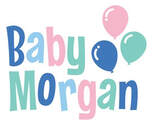 UPDATE Baby Morgan blankets are back on the market as of May 2023. The new Baby Morgan Blankets are true to the originals in the way they look and feel. The original mini and crib blankets are available, as well as a new size: adult throw blankets! For information about the new company and to purchase blankets, visit BabyMorganBlankets.com ORIGINAL ARTICLE In 2000, I was contracted by J.E. Morgan Knitting Mills, Inc. to design a product catalog cover for their popular line of Baby Morgan baby blankets. The design for the Baby Morgan character already existed. I was to take the character and create a fun and whimsical scene for Baby Morgan to occupy. The art director sent me some ideas to work with, "Baby Morgan around the world", "Baby Morgan goes through life", "Baby Morgan 4-seasons" – open to my interpretation. I sketched four different cover concepts. They chose "Soft as a Cloud" which featured numerous baby Morgans of different ethnicities circling the earth on blankets that are as "soft as a cloud." 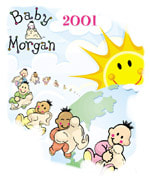 The final cover art is another victim of my 2010 computer crash in which I lost years' worth of art. I never received a printed sample of the catalog, but was able to find a very small image online that is partially faded out at the bottom and sides. Oh, well, at least it's something. Below are the four sketches I submitted along with the b&w ink guide I used to make the final computer art. When I looked online, I discovered that the company is no longer in business. But, it appears that the Baby Morgan line of blankets are quite collectible, with some patterns and styles going for up to $300 on ebay. I've also done some research about the history of J. E. Morgan Knitting Mills, Inc. that I think you will find interesting. 11/24/2020 UPATE: Baby Morgan lives! Kind of... I just found a low resolution jpeg of the full color cover art on another drive that was sent to the client for review and... it's plenty big enough for online viewing! This was the early years of digital art, so it's very simplistic. I probably used Macromedia Freehand to create the vector art. The Baby Morgan line of blankets and infant apparel produced by J.E. Morgan Knitting Mills Inc., ceased production in late 2007, early 2008. Below is a brief history of the company's now defunct website from December 2007. Like many companies who have come and gone, after 62 years in business, several acquisitions, and a changing world market the company closed. Below is the most accurate history I could find online for the J. E. Morgan Knitting Mills, which comes from 2007, the last year in which the company's website was active.
|
BOOKS
by Joe Lacey 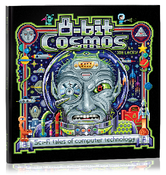
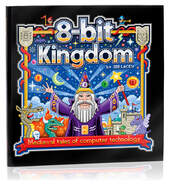
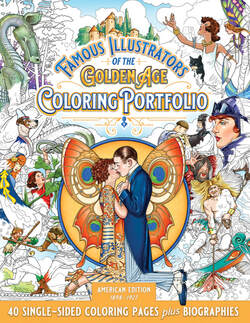
Categories
All
IllustratorsLinksArchives
May 2023
|
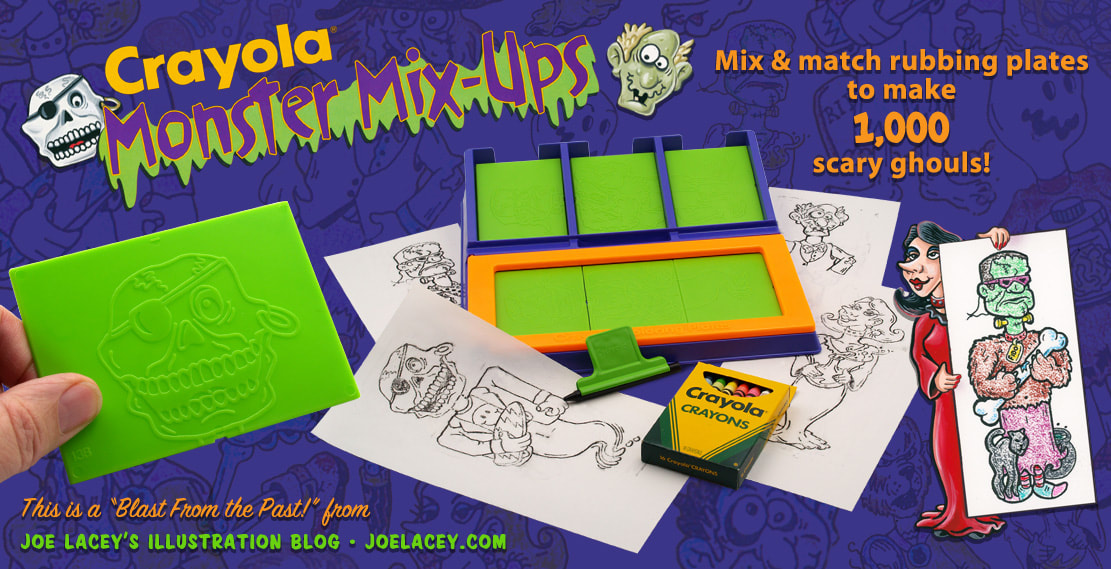
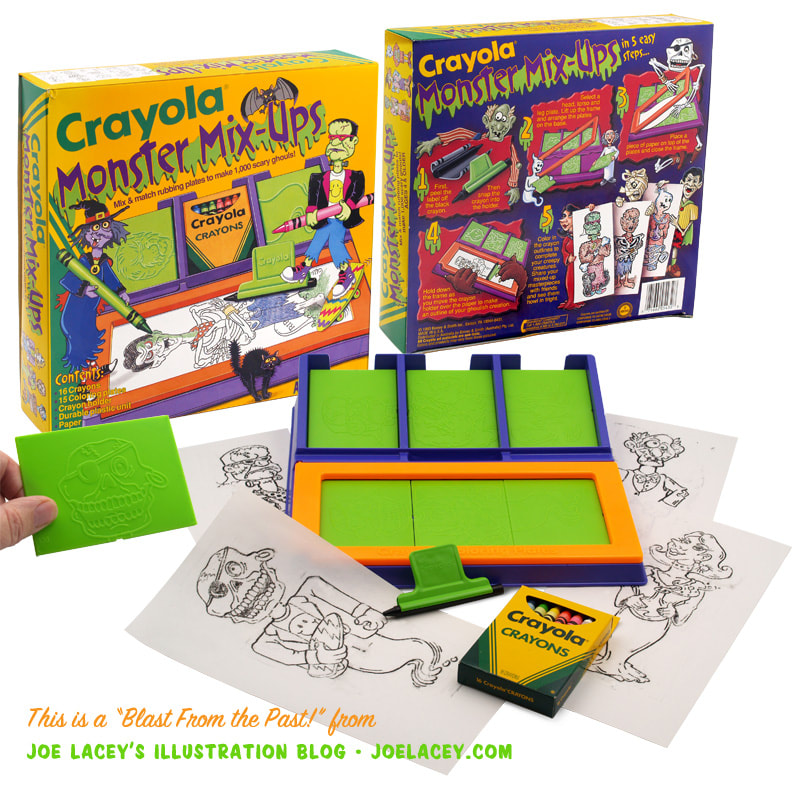
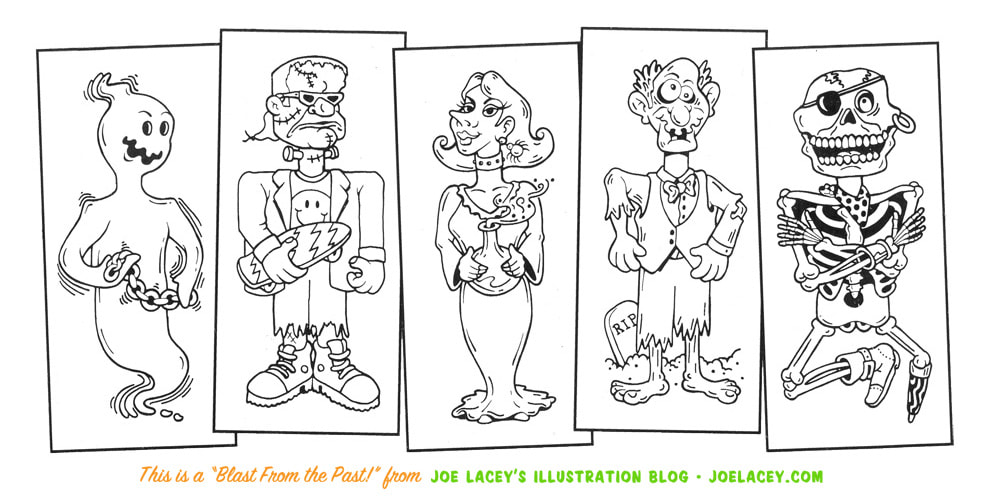
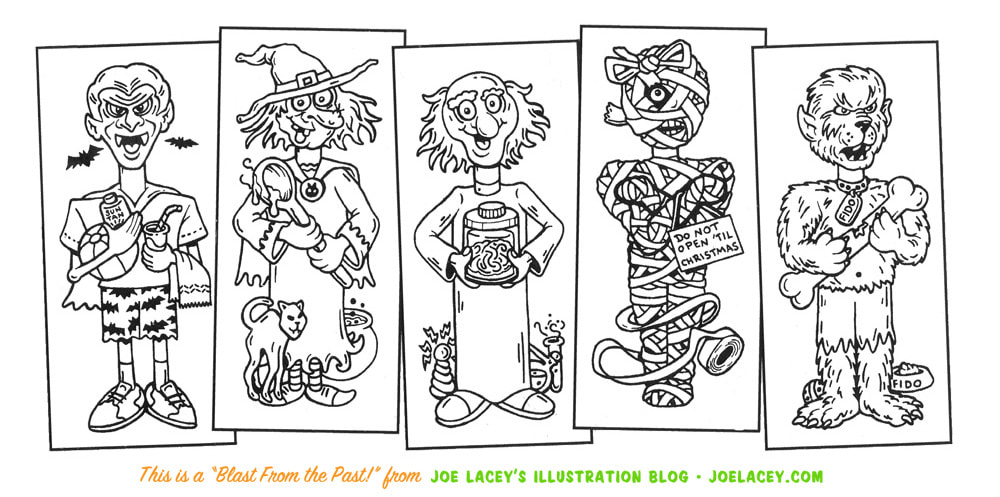
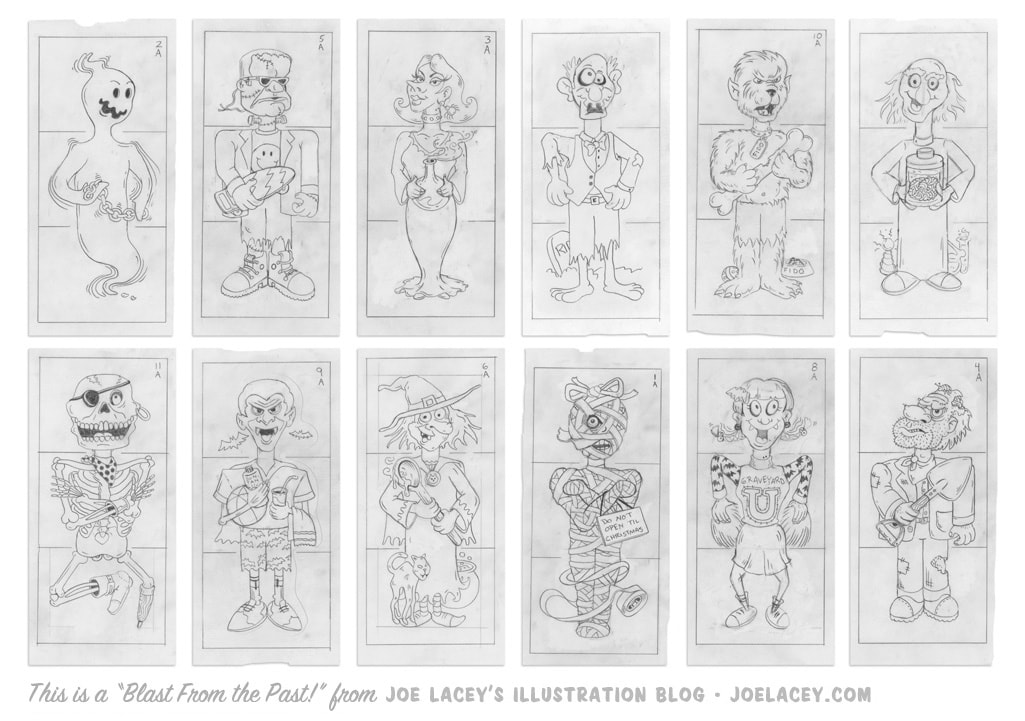
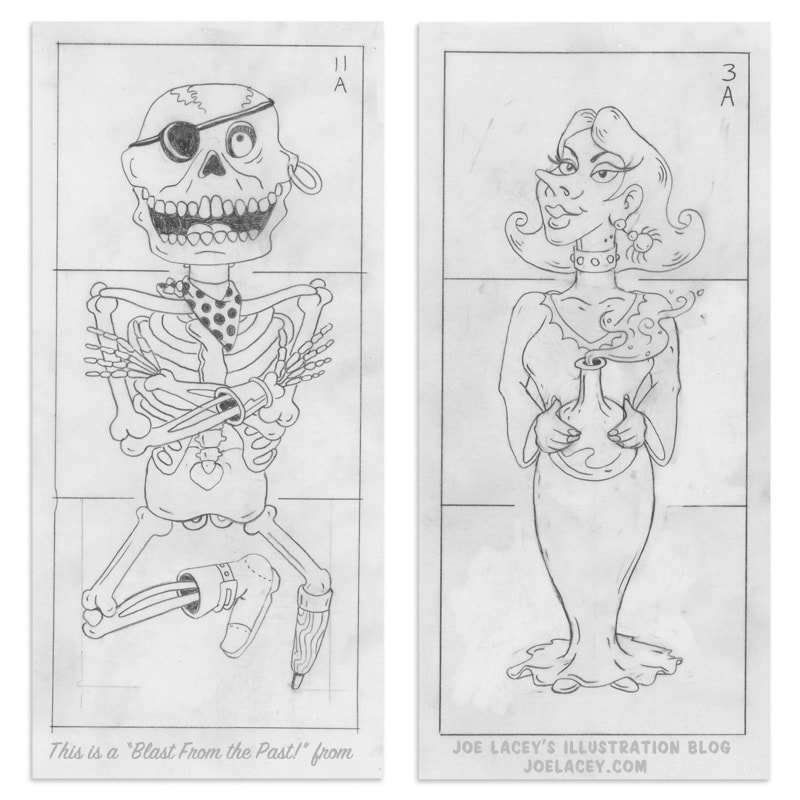
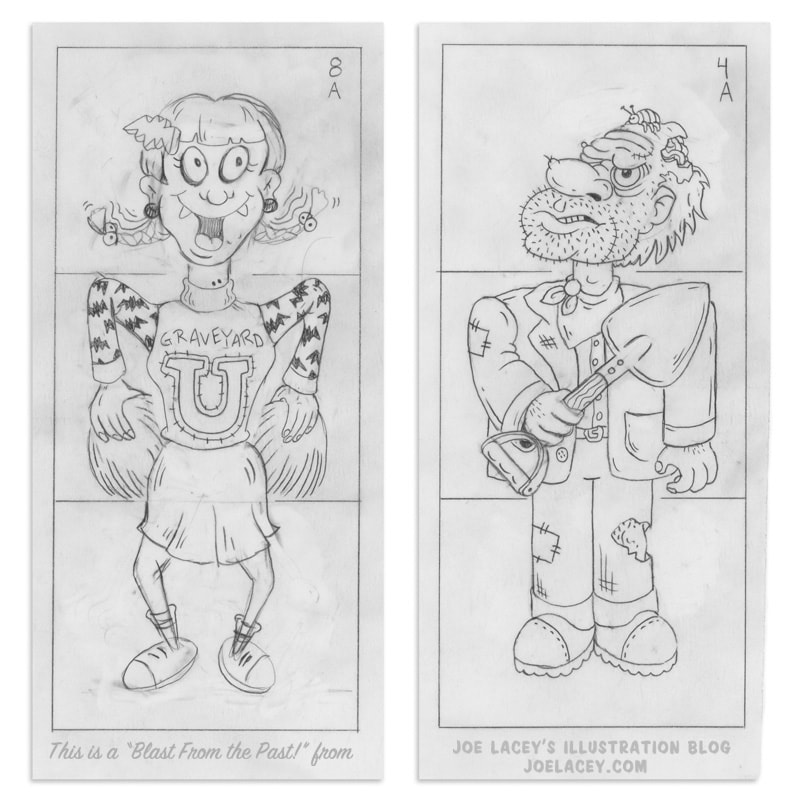
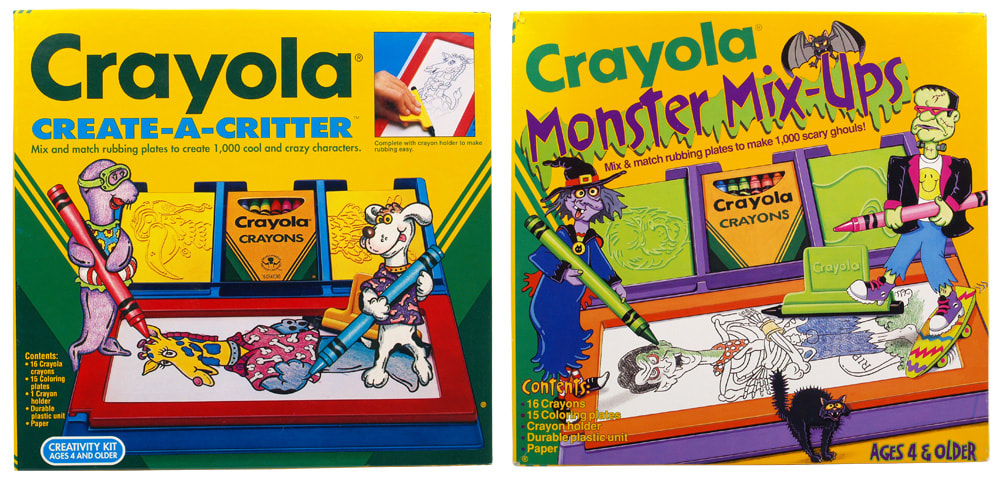
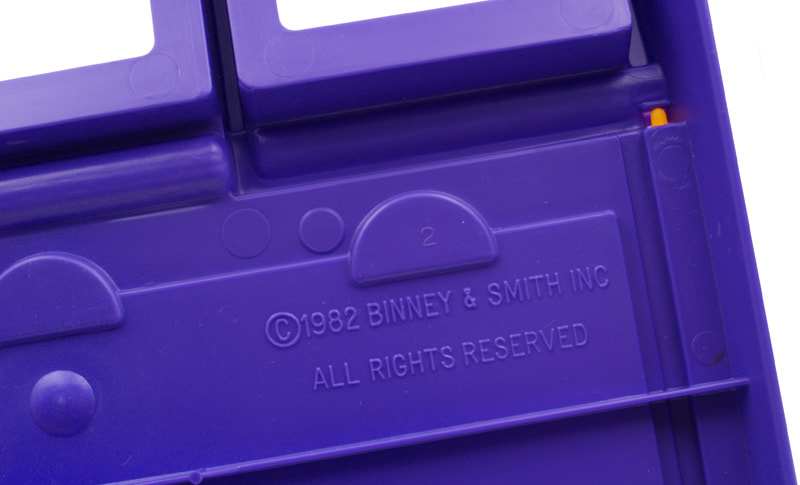
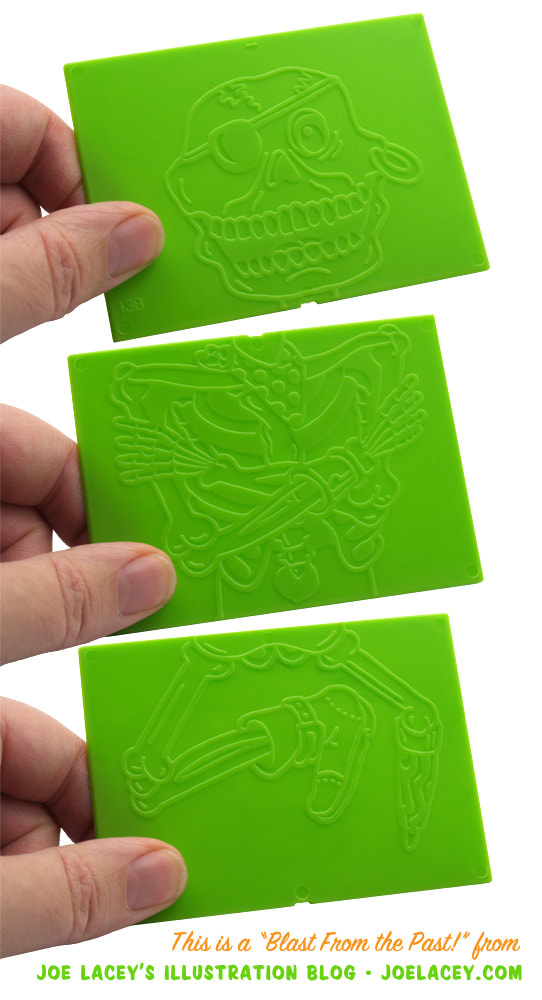
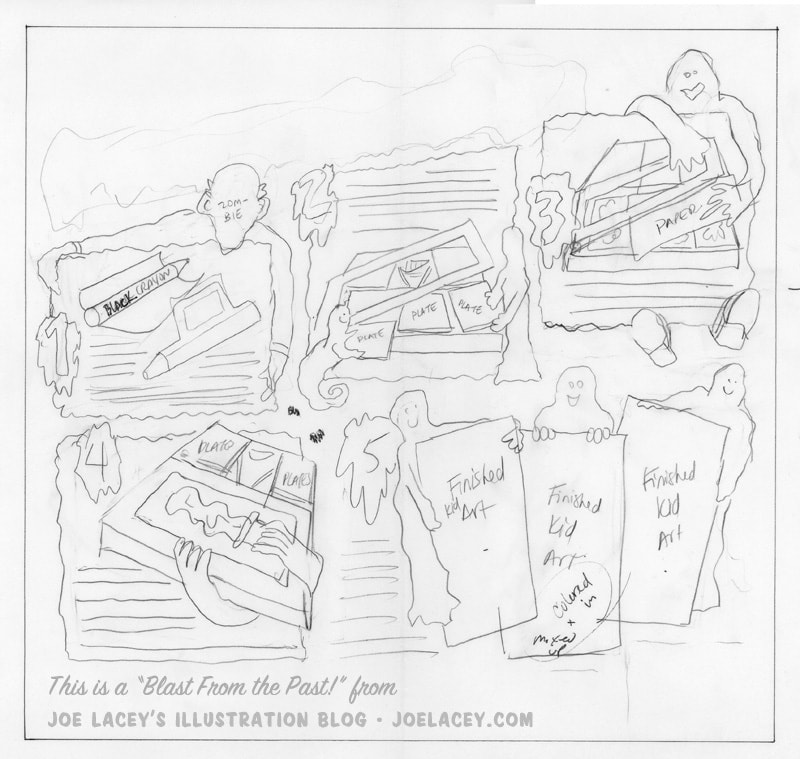
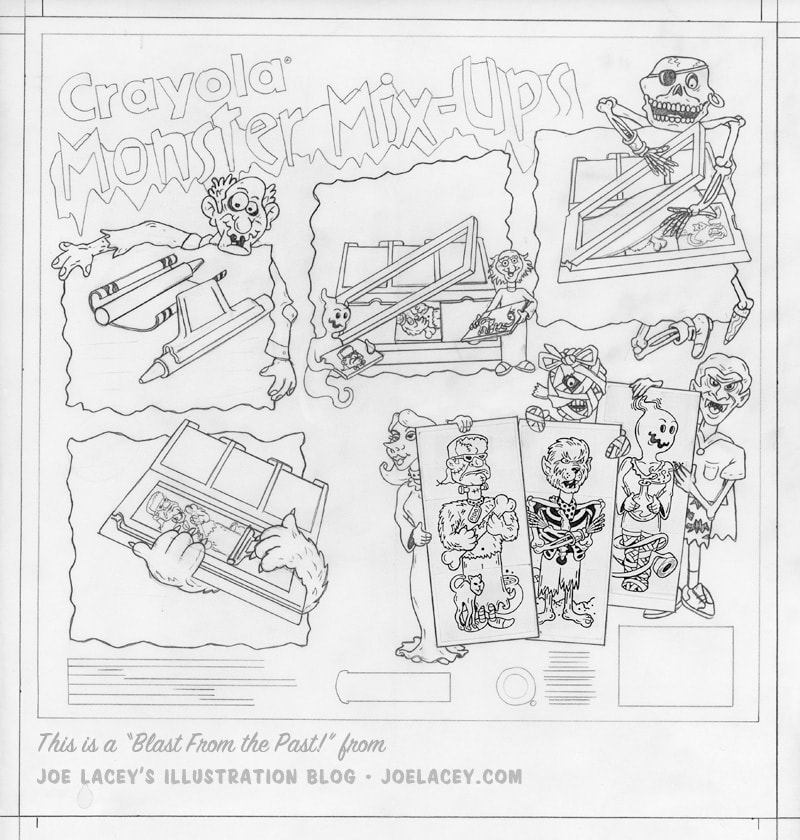
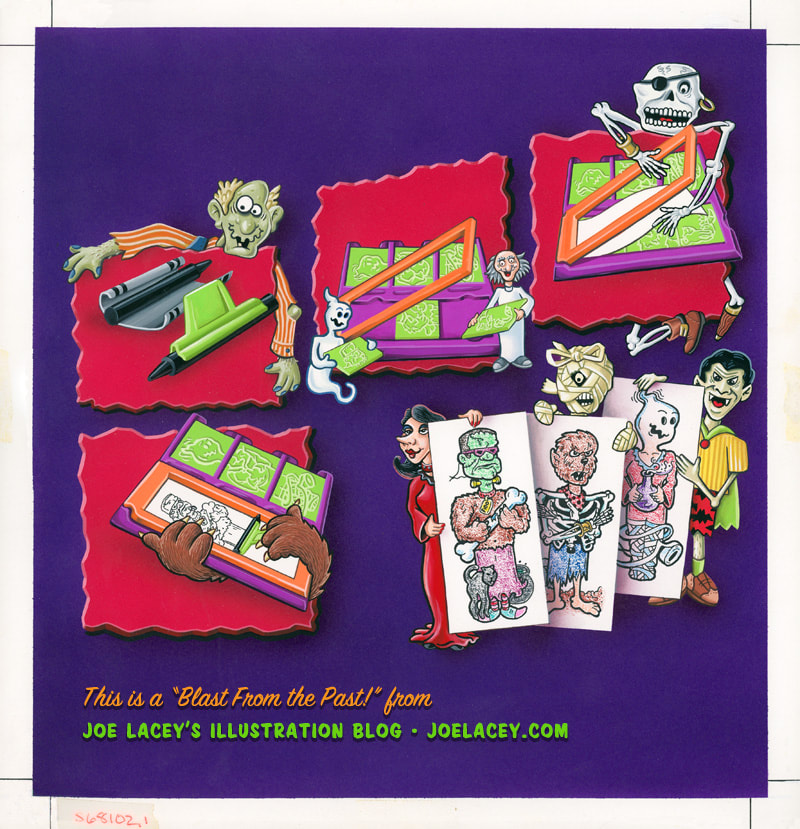
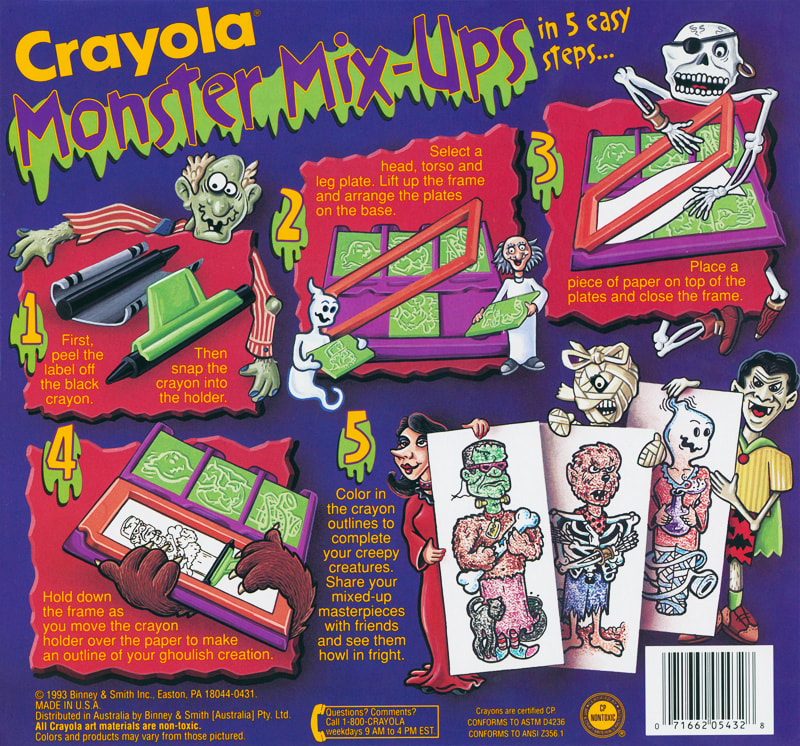
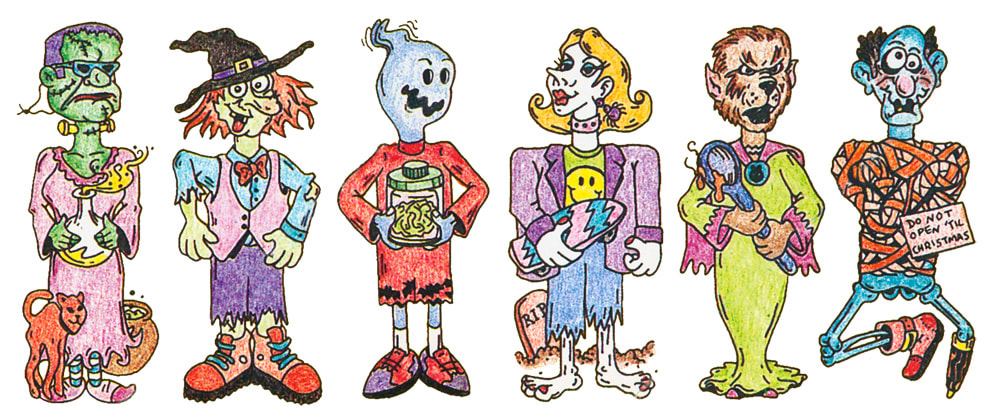
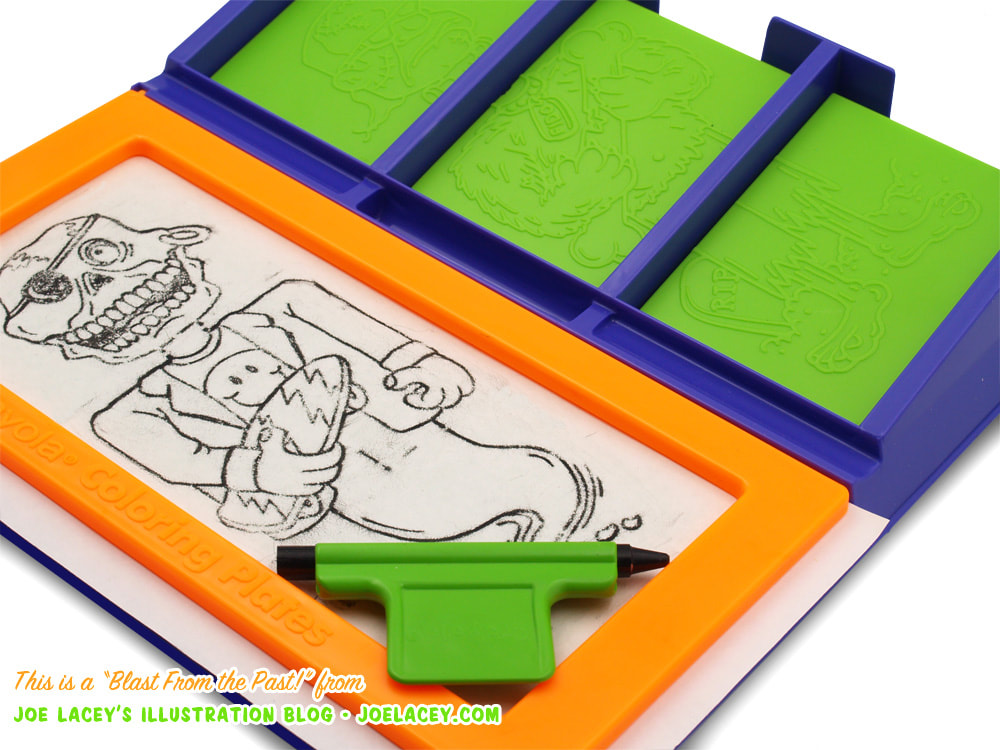
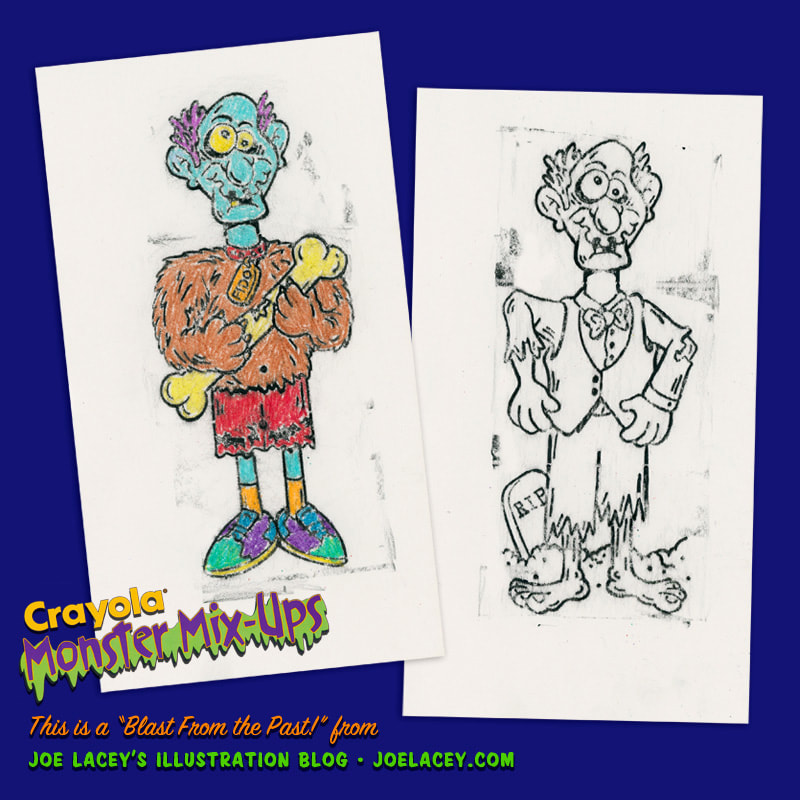
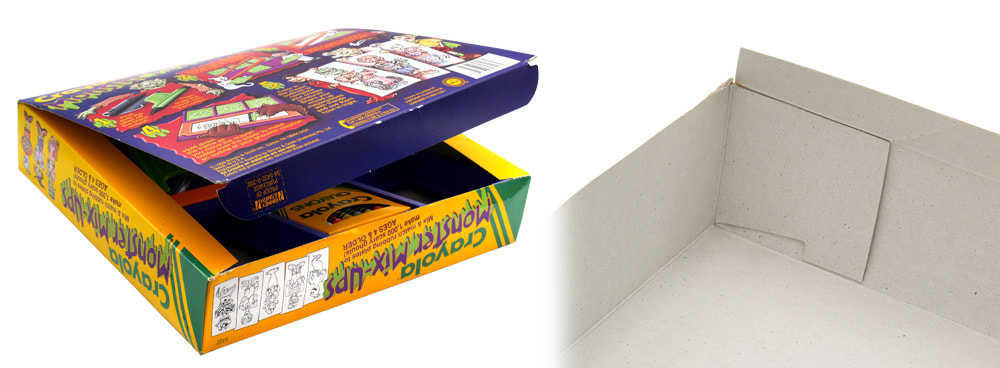

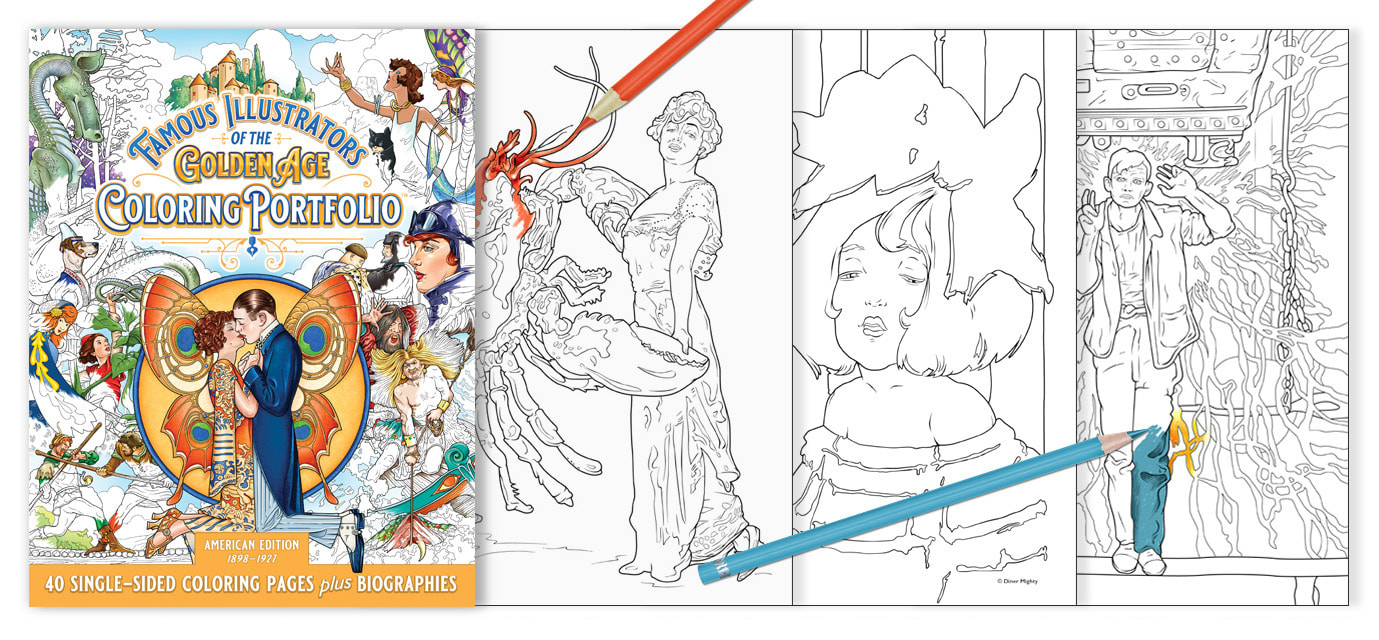
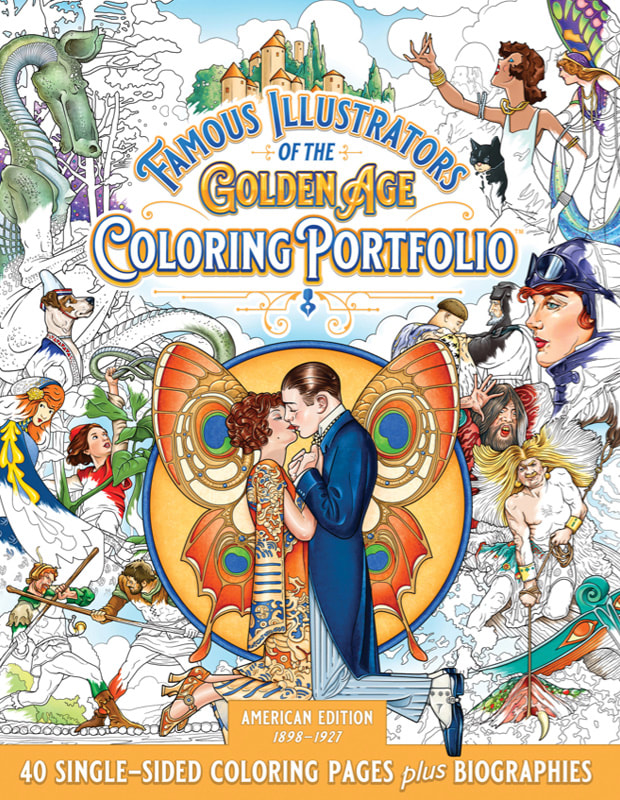
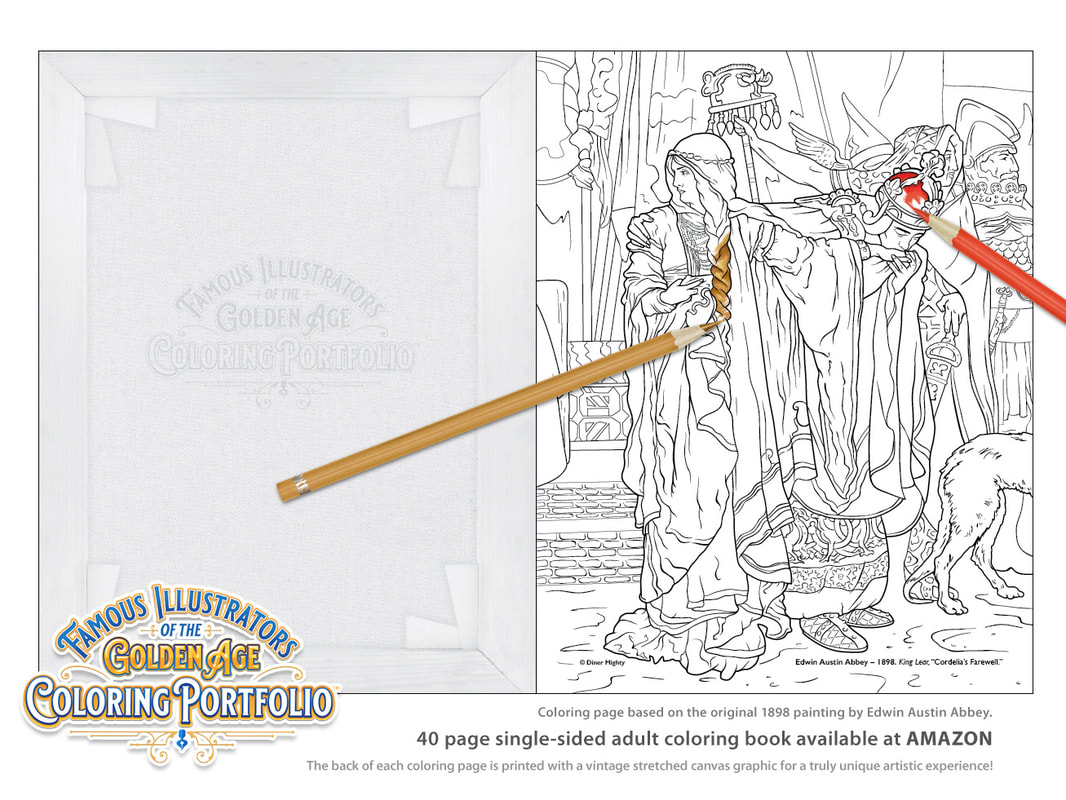
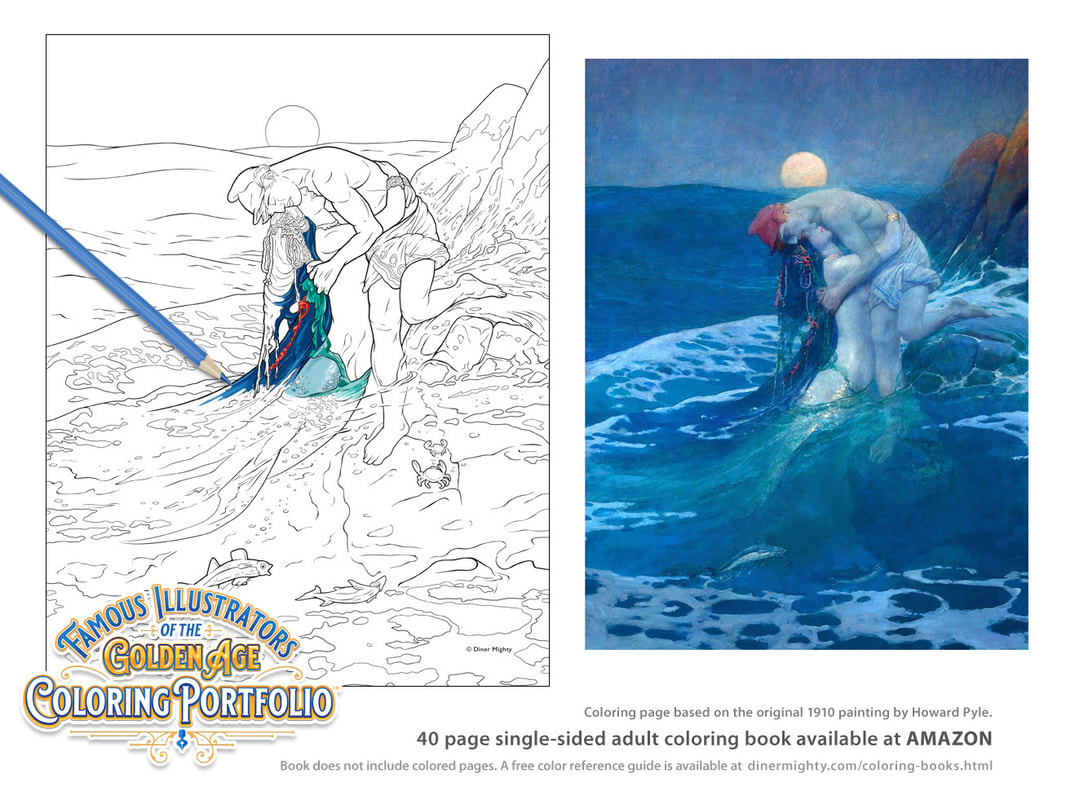
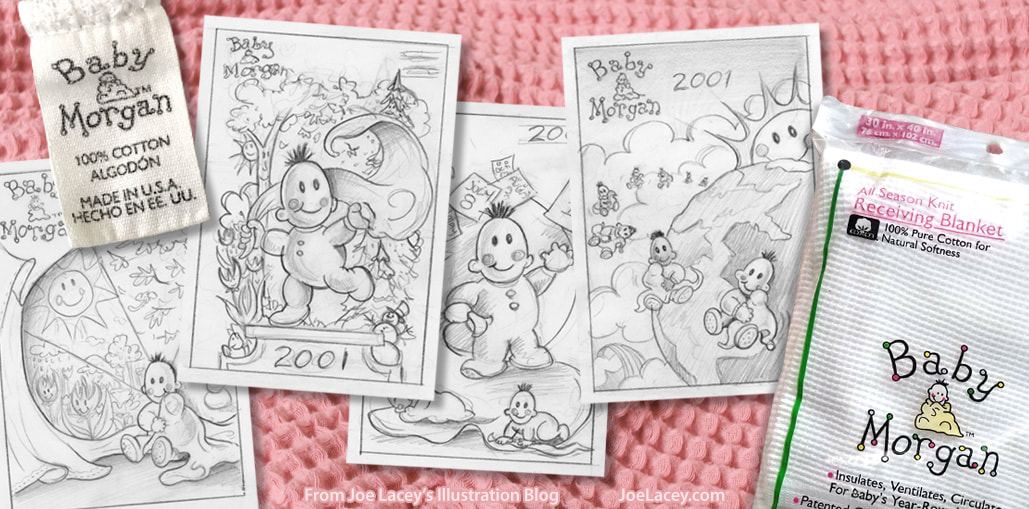
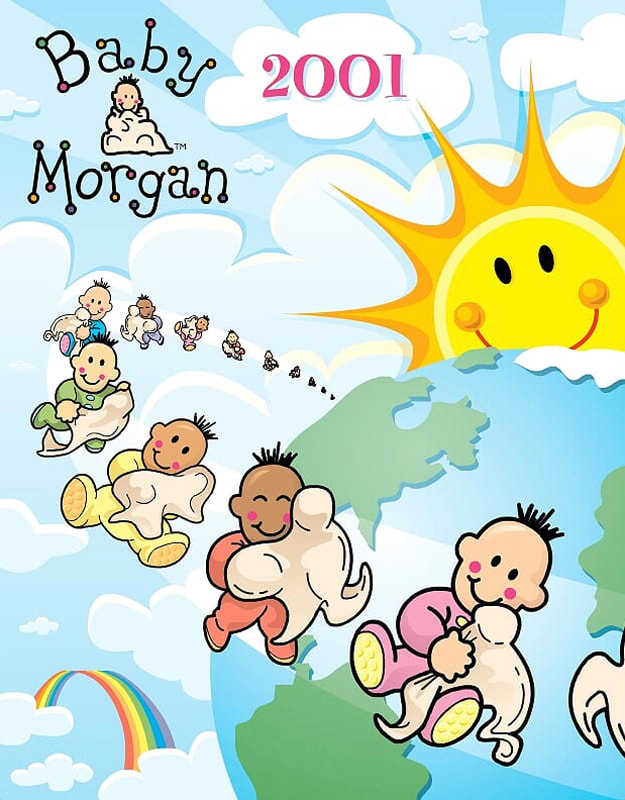
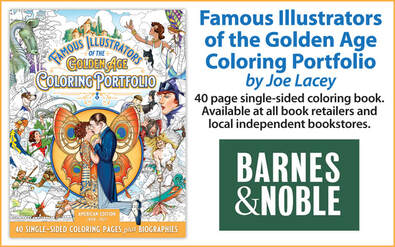
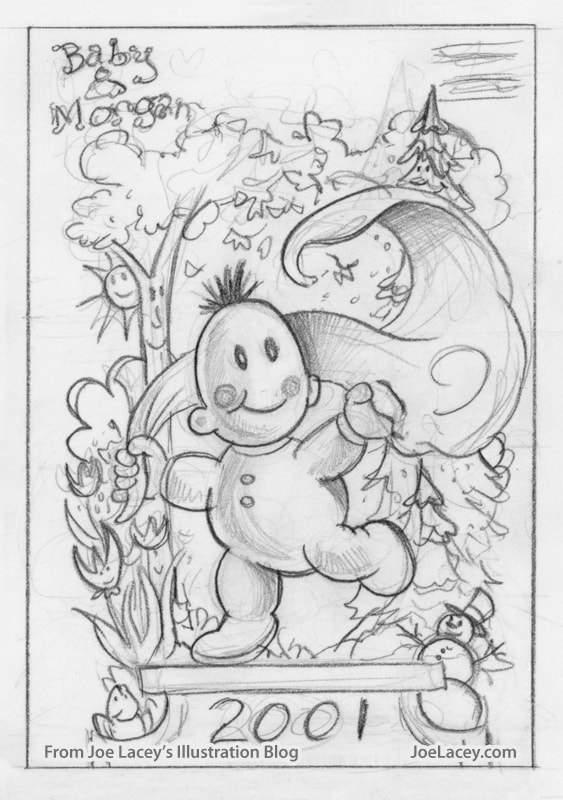
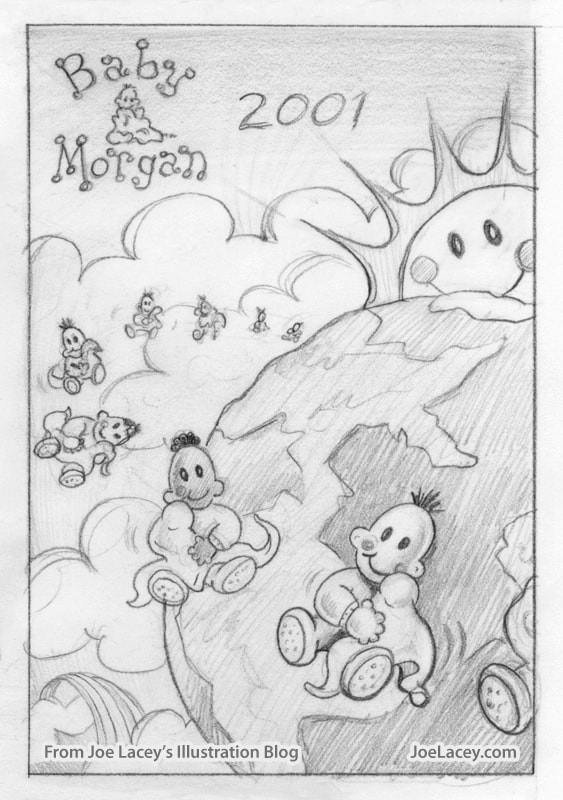
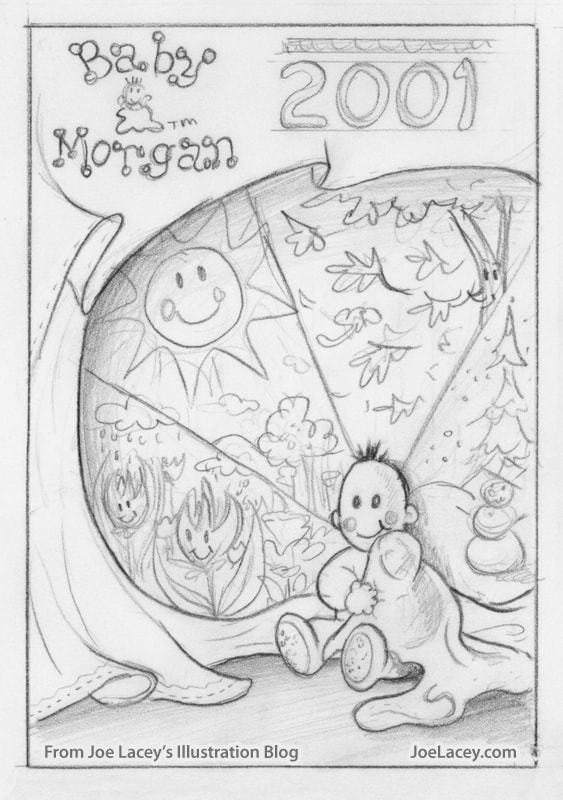
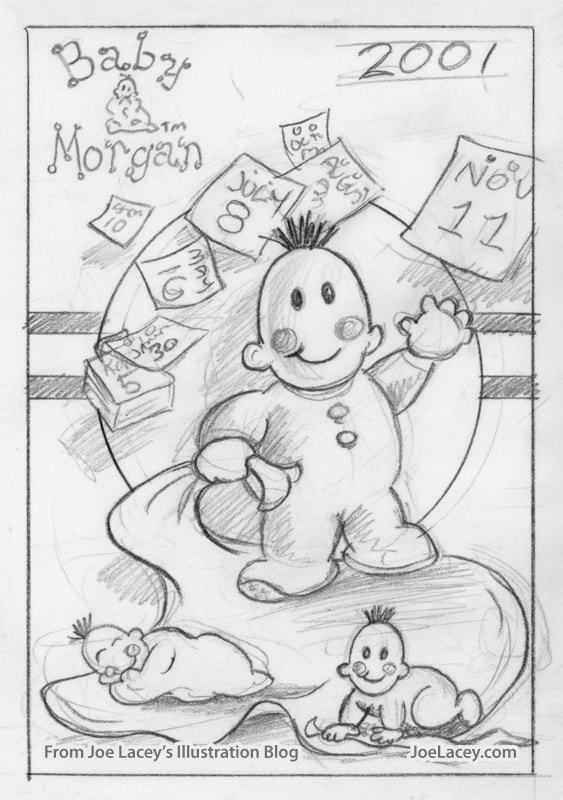


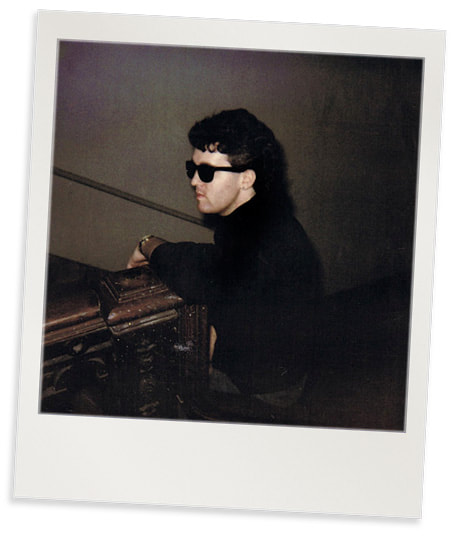
 RSS Feed
RSS Feed